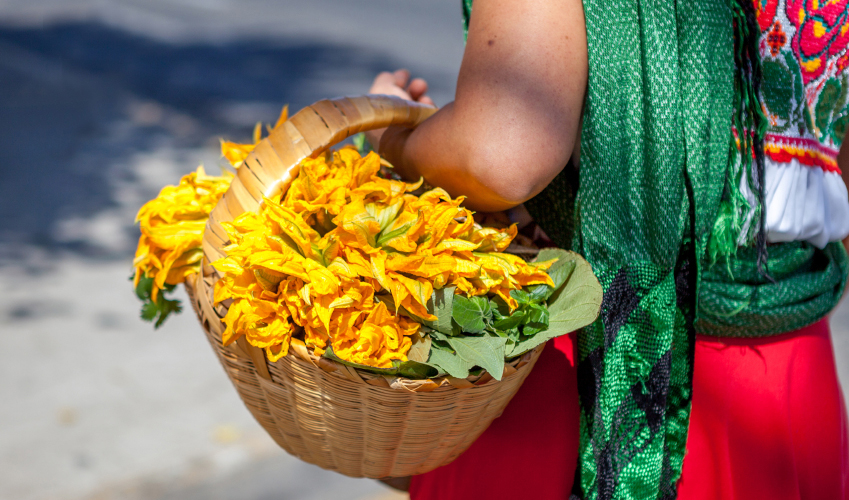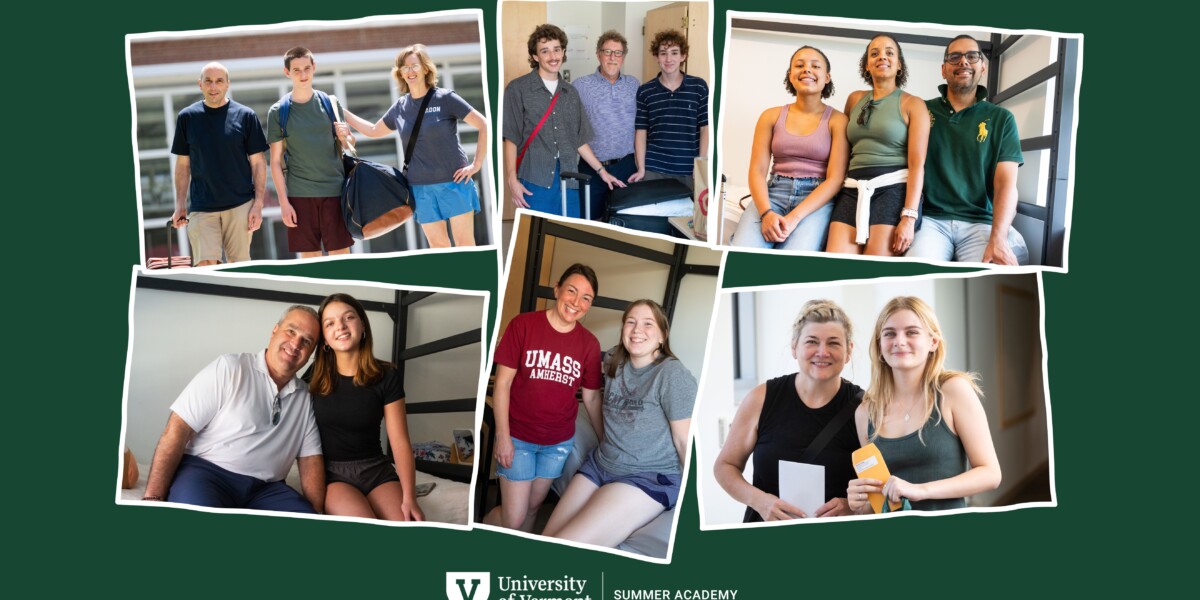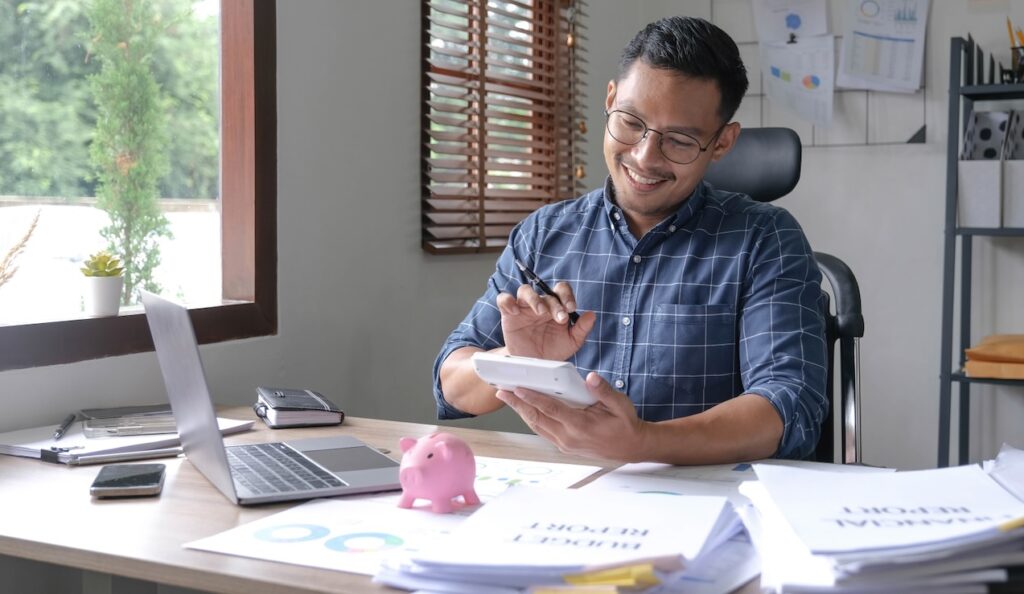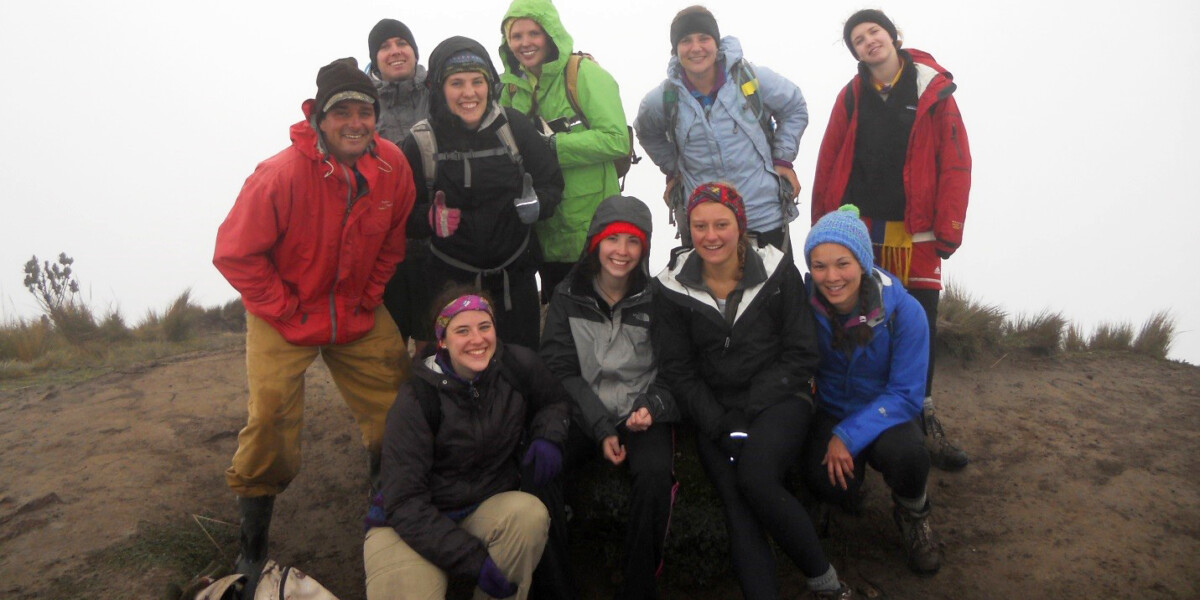The first time Cynthia Belliveau visited Oaxaca in southern Mexico ten years ago, she was astounded to find a place so severely misunderstood by the United States.
Much of U.S. policy and pop culture represents Mexico with ambivalence. On one hand, Mexico feeds Americans’ desires with its pristine beaches, comfort foods, spring break tourism and cheap commodities. On the other hand, the U.S. distances itself from Mexico when it calls for a War on Drugs, enacts protectionist laws, and builds fences at the border. While it is often portrayed in black and white terms, it is Mexico’s complexity that should demand our interest.

“When I first visited Oaxaca, I was just floored by the cultural sophistication, the way that ancient history is woven into modern life, and the truly vibrant ‘otherness’ that is celebrated through local customs and traditions,” says Belliveau, Dean of Continuing and Distance Education at the University of Vermont, faculty member, and founder of the UVM Oaxaca Semester Abroad program. “I felt embarrassed that Mexico is so disparaged in the United States, and that the Mexico that we hear about in the news doesn’t represent what life is like there.”
The University of Vermont offers a semester study abroad program in Oaxaca, a city located in the state of the same name about 300 miles south of Mexico City. For nearly a decade, the UVM Oaxaca program has developed deep roots in the community and now has hundreds of UVM alumni who have studied there and gained invaluable experience. The study abroad program has been such a success because it goes far beyond learning in the classroom, challenging students to forget their assumptions and develop their global perspective through experiential learning.
“Unlearning” the Customary Stereotypes
Belliveau helped to launch the study abroad program nine years ago because she wanted to share with UVM students what she learned and create an opportunity for this generation to see a fuller picture of the dynamics at play.
In a sense, the UVM Oaxaca program is about “unlearning” the customary stereotypes of Mexico and using personal experiences to inform new values and beliefs, Belliveau says.
“Oaxaca defies the stereotypes that we have of Mexico. The community, the incredible food, and the connectedness of people and place are just so different than we assume when we hear about Mexico in the news,” Belliveau says. “By experiencing scenes in the market, cooking classes, doing field visits and research, students of the program are developing their own ideas and understanding a different idea of culture south of our border. This re-thinking of cultural stereotypes is a lifelong skill that will make a big impact on individuals’ cultural competency and empathy.”
A Rich, Cultural Experience
A decade ago, none of the semester-long study abroad programs at UVM allowed students to transfer their grades, apply financial aid, of have any guarantee of academic quality.
Belliveau changed that by expanding access so that not only affluent students were able to experience study abroad. Working with UVM faculty and administrators, she helped develop a program that would allow UVM students to study abroad and experience the richness of culture over the course of a semester in Oaxaca.
As a location for study, Oaxaca is an ideal landscape both culturally and environmentally. The region is home to 16 different indigenous groups who maintain 22 distinct languages, 150 dialects, and diverse cultural practices.
Understanding the Impacts of International Policy
While learning about the geography and land-use practices, students in Oaxaca delve into community life to experience and gain a deeper understanding of the cultural values, the economy, and identities of the region. Students learn how the sustainability of these landscapes and cultural identities may be impacted by changes in policy between the United States and Mexico.
“So much of the culture is misunderstood and yet we are tied to each other, both geographically and economically. Our policies impact the people and culture on both sides of the border. Much of the food consumed in the U.S. is grown in Mexico, and even here in Vermont, the dairy industry wouldn’t be viable without migrant laborers,” she says. “I needed to share this perspective with students because they weren’t getting the full picture from U.S. news reports.”
The connectedness between the two countries is even more challenging to understand because of the juxtaposition of geographical proximity to Mexico and the supposed distance between the two cultures. Whether real or perceived, despite economic ties between our countries, cultural differences are brought to light with increased interaction.
“We can’t be good neighbors without actively trying to understand each other,” Belliveau says, explaining that American trade policies determine the job prospects for many wage earners, and village demographics in Mexico have been reshaped when young men seek migrant labor in the north. “It’s humbling to go to the villages and see the results of American policy reshaping community life. And yet amid this communal sadness, the people are so hardworking, warm, and filled with a pragmatic faith. We have a lot to learn from them.”
Study Arts & Sciences, Food Systems, and Global Health
The UVM Oaxaca program helps students develop a better idea of the complexity of the two countries’ entangled histories, the changing cultural identities, and the impacts of international policy. The program offers three academic tracks, each giving students the opportunity to earn credit while learning about Oaxaca’s diverse history, vibrant culture, flavorful food, and sustainable agriculture.
“You can learn so much from people when you see how they take time to build connections with one another. For instance, there is a weekly couple’s dance in the Zocalo and there is an event where families create scenes for the Noche de Rábanos, which is an annual radish-carving crèche competition,” Belliveau says. “These little details of life and culture really challenged me to see Mexico differently and to think about how limited our descriptions of the country are in the United States.”
Students in the UVM Oaxaca program can customize their exchange experience by selecting from three course tracks: Arts & Sciences, Food Systems, and Global Health. Scholarships are available and applications are now being accepted for Spring 2015.
For more information about the UVM Oaxaca program, visit learn.uvm.edu/oaxaca.





